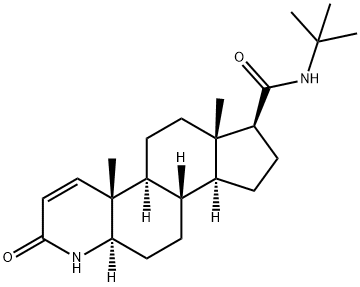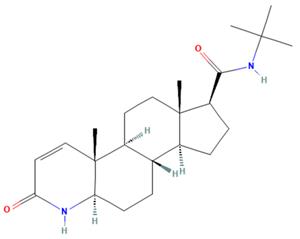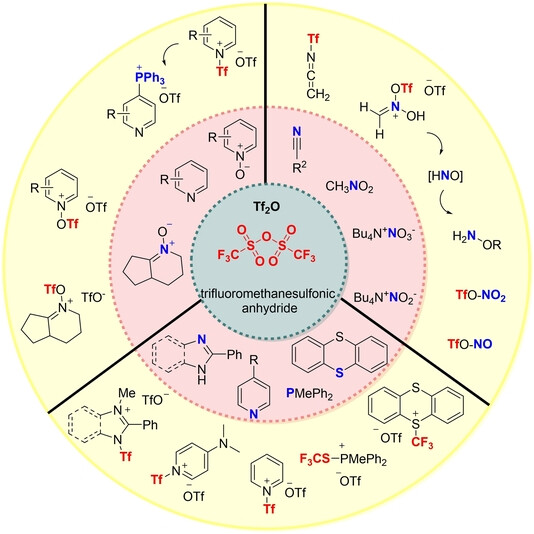The mechanism of action and side effects of Finasteride
Description
Finasteride is a 5-alpha reductase inhibitor mainly used to treat benign prostatic hyperplasia and alopecia. The drug originated as a chemopreventive for prostate cancer in the 1930s and 1940s by Charles B Huggins, leading to the discovery of the link between the physiological role of testosterone and prostate growth. It was later developed as MK906 (now finasteride), which was approved by the FDA in 1992 for treating benign prostatic hyperplasia (BPH) as 'Proscar'. Merck obtained FDA approval under the name 'Propecia' for treating pattern hair loss or AGA 1997.
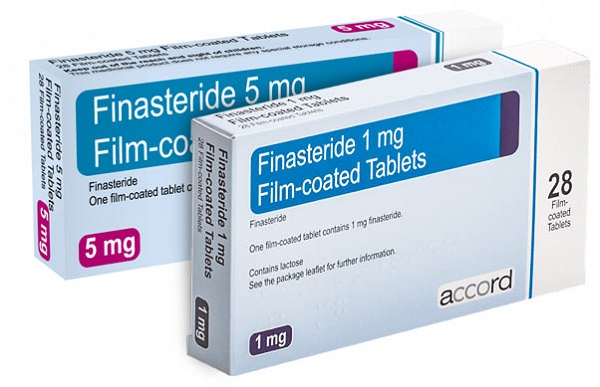
Mechanism of action
Finasteride, a synthetic 4-aza-3-oxosteroid compound, is the active ingredient in 'Propecia' and has a molecular weight of 372.55. The optimum oral dosage suggested for treating male pattern hair loss is 1 mg/day. Finasteride inhibits the type II 5AR isoenzyme 100-fold more selectively than the type I. The NAPDH-mediated irreversible inhibition reduces finasteride to dihydro finasteride, thereby blocking the peripheral conversion of testosterone to DHT at the dermal papillae level. Therefore, this leads to a significant reduction in scalp and serum DHT levels. Finasteride reduces serum DHT levels by about 70% after administration of a single oral dose. Preliminary studies showed that finasteride 5 mg/day suppressed scalp DHT concentrations significantly compared to placebo[1]. After that, in a scalp, DHT dose-ranging study (5, 1, 0.2 mg/day finasteride) demonstrated a reduction in scalp DHT levels by about 65% at doses 0.5 mg/day after 6 weeks of treatment. DHT levels are not reduced entirely due to the residual conversion of testosterone through type I 5AR. DHT levels are shown to return to normal within 2 weeks of treatment discontinuation.
Side effects
Finasteride may inhibit the production of 5-alpha dihydrotestosterone (5α-DHT), 5-alpha dihydro progesterone (5α-DHP), and 5-alpha dihydrodeoxycorticosterone (5α-DHDOC) in the body and induce various adverse effects collectively termed post-finasteride syndrome (erectile dysfunction, ejaculatory dysfunction, change in libido, gynecomastia, memory and attentional disturbances, increased anxiety, depressed mood, and others, some of which may be reversible and some irreversible)[2]. Finasteride mainly acts on type 2 5-alpha-reductase, inhibiting the conversion of testosterone to DHT and reducing serum DHT by about 70%. When the synthesis of DHT is reduced, testosterone metabolism can move toward estradiol, resulting in a change in the estrogen to androgen ratio, which increases the risk of gynecomastia.
References
[1] K J McClellan, A Markham. “Finasteride: a review of its use in male pattern hair loss.” Drugs 57 1 (1999): 111–26.
[2] Seung Geun Lee, et al. “Influence of Postoperative Finasteride Therapy on Recurrence of Gynecomastia After Mastectomy in Men Taking Finasteride for Alopecia.” American Journal of Men's Health (2019).
);You may like
Related articles And Qustion
See also
Lastest Price from Finasteride manufacturers
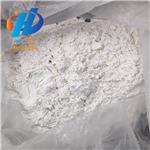
US $10.00/kg2024-04-28
- CAS:
- 98319-26-7
- Min. Order:
- 1kg
- Purity:
- 99.8%
- Supply Ability:
- 10000ton
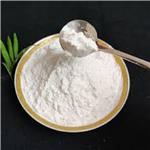
US $200.00/kg2024-04-28
- CAS:
- 98319-26-7
- Min. Order:
- 1kg
- Purity:
- 99%
- Supply Ability:
- 2000kg
